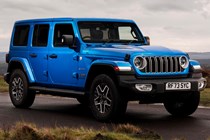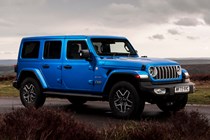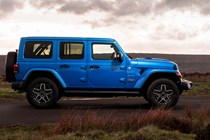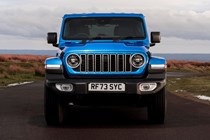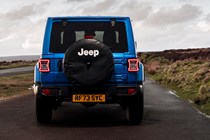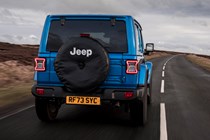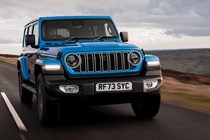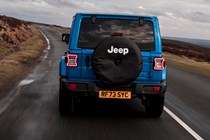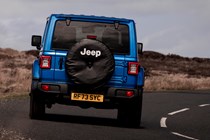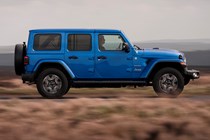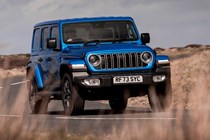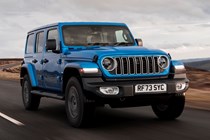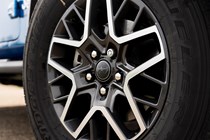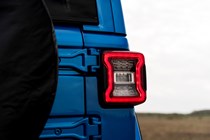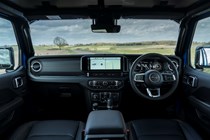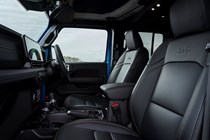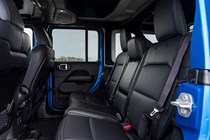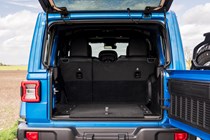Jeep Wrangler running costs and reliability
2018 onwards
(change model)
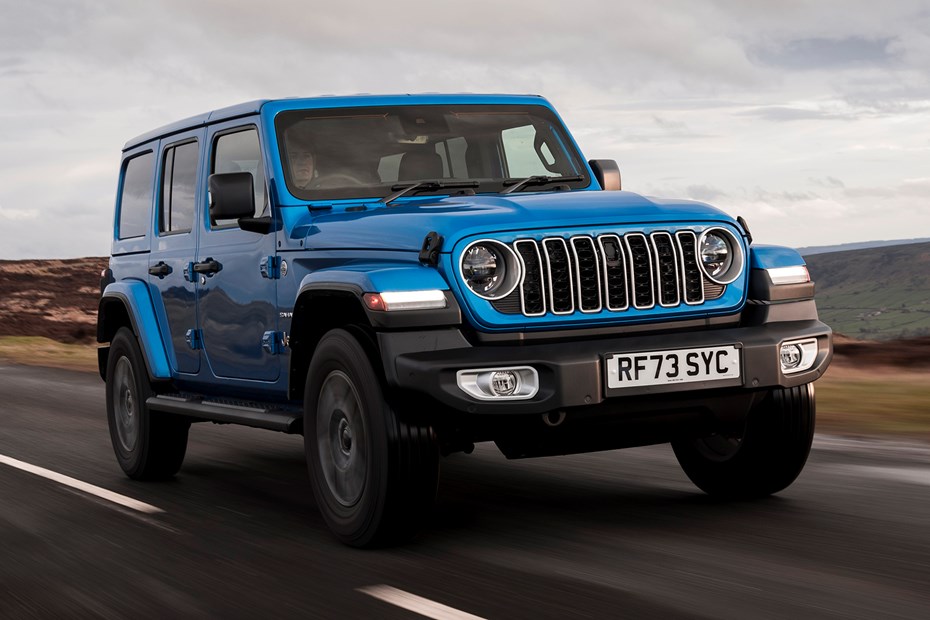
Miles per pound (mpp) ⓘ
Low figures relate to the least economical version; high to the most economical. Based on WLTP combined fuel economy for versions of this car made since September 2017 only, and typical current fuel or electricity costs.
| Petrol engines | 3.5 - 4.0 mpp |
|---|---|
| Diesel engines | 3.8 - 3.9 mpp |
Fuel economy ⓘ
Low figures relate to the least economical version; high to the most economical. Based on WLTP combined fuel economy for versions of this car made since September 2017 only.
| Petrol engines | 23.7 - 27.2 mpg |
|---|---|
| Diesel engines | 30.1 - 30.7 mpg |
What are the running costs?
Jeep claims up to 27.2mpg for the Sahara and 24.8mpg for the Rubicon (blame those tyres again), which is likely to be more around 20mpg in real driving. Thirsty work.
Servicing and warranty
Like the rest of Jeep’s cars, the Wrangler comes with a three-year warranty. Jeep is also including all new owners in its Jeep Wave program when they buy a new model, which includes 24/7 roadside assistance.
Reliability
Jeep has slightly wavering reliability in general, but Wranglers don’t seem to be too affected by major issues. The UK has no active recalls for Wrangler models.
Ongoing running costs
| Road tax | £195 - £620 |
|---|---|
| Insurance group | 32 - 41 |
Get an insurance quote with

|
|
Review contents
1
Overview
2
Practicality & safety
3
Interior, tech & comfort
4
Engines & handling
5
Ownership cost Currently reading
6
Long term test
7



